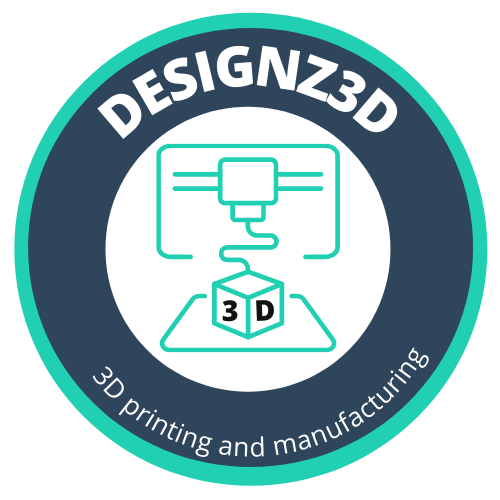n the past few decades, 3D printing has evolved from a niche technology into a transformative force across multiple industries. From the medical field to aerospace, and even your home kitchen, 3D printing is redefining what’s possible in manufacturing and design. But how exactly is this technology reshaping our world? Let’s dive into the revolutionary impact of 3D printing.
1. Medical Advancements: Customization and Precision
One of the most profound impacts of 3D printing is in the medical field. Traditionally, creating custom prosthetics and implants was a costly and time-consuming process. With 3D printing, however, medical professionals can now design and produce customized solutions with unprecedented speed and accuracy.
For instance, 3D printing enables the creation of bespoke prosthetic limbs tailored to the exact specifications of individual patients. Surgeons can also use 3D-printed models of organs and bones to plan complex surgeries, improving outcomes and reducing risks. Furthermore, innovative bioprinting techniques are paving the way for printing tissues and organs, potentially revolutionizing organ transplantation and regenerative medicine.
2. Aerospace Industry: Efficiency and Innovation
The aerospace industry is another area where 3D printing is making a significant impact. Traditional manufacturing methods for aerospace components often involve complex and expensive processes. 3D printing, however, allows for the production of lighter, more complex parts with reduced material waste.
For example, NASA and other space agencies are experimenting with 3D-printed rocket components and satellite parts, which can be customized for specific missions and produced more quickly than through traditional methods. This technology not only helps in reducing costs but also enhances the performance and efficiency of spacecraft.
3. Sustainable Manufacturing: Reducing Waste
Sustainability is a growing concern in today’s world, and 3D printing offers a promising solution to some of these environmental challenges. Traditional manufacturing methods often involve subtractive processes, where large amounts of material are cut away to create the final product. This can lead to significant waste.
In contrast, 3D printing is an additive process, building objects layer by layer from digital models. This method minimizes material waste and allows for more efficient use of resources. Additionally, 3D printing can use recycled materials or bioplastics, further reducing the environmental footprint of manufacturing.
4. Consumer Goods: Personalization and Accessibility
The rise of 3D printing has also opened up new possibilities for consumer goods. Imagine being able to design and print custom phone cases, jewelry, or even home decor items right from your living room. This level of personalization and accessibility was previously unheard of.
Furthermore, 3D printing has the potential to democratize manufacturing. As the technology becomes more affordable, individuals and small businesses can create custom products and prototypes without the need for large-scale production facilities. This shift is empowering entrepreneurs and creators, allowing for a more diverse and innovative marketplace.
5. Education and Research: Hands-On Learning
In the realm of education, 3D printing is transforming the way students and researchers approach learning and experimentation. By allowing students to create physical models of abstract concepts, 3D printing enhances understanding and engagement.
Researchers also benefit from the rapid prototyping capabilities of 3D printing. It enables quick iterations and testing of new ideas, accelerating the pace of innovation and discovery across various fields.
Conclusion: A Future Shaped by Innovation
As 3D printing technology continues to advance, its applications will undoubtedly expand, offering new solutions to some of the world's most pressing challenges. Whether it’s customizing medical devices, enhancing aerospace efficiency, promoting sustainability, personalizing consumer products, or revolutionizing education, 3D printing is at the forefront of a new era of innovation.
The potential of 3D printing is immense, and as more industries embrace this technology, we can expect to see even more groundbreaking advancements that will shape our world in ways we can only begin to imagine. The future is being printed, one layer at a time.
